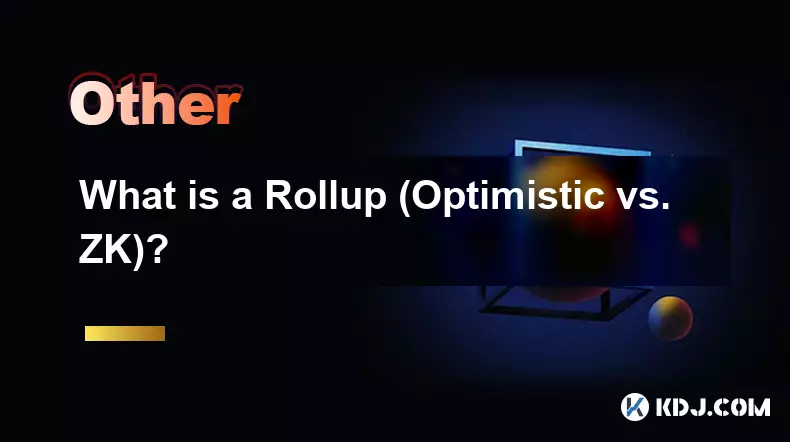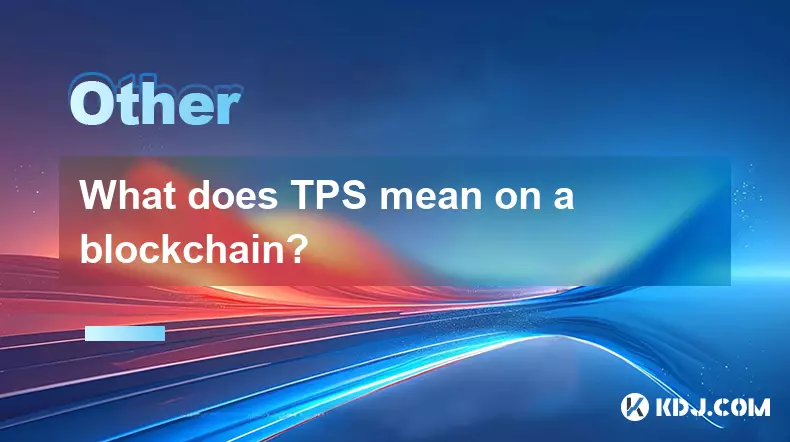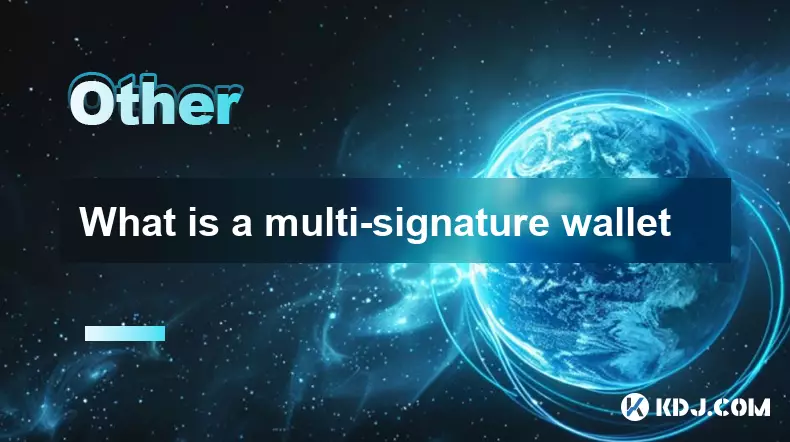-
 bitcoin
bitcoin $122659.385674 USD
0.52% -
 ethereum
ethereum $4484.113342 USD
-0.09% -
 bnb
bnb $1304.229256 USD
-0.85% -
 tether
tether $1.000204 USD
-0.03% -
 xrp
xrp $2.860636 USD
-0.51% -
 solana
solana $227.288799 USD
2.36% -
 usd-coin
usd-coin $0.999805 USD
0.01% -
 dogecoin
dogecoin $0.252837 USD
1.18% -
 tron
tron $0.341149 USD
1.12% -
 cardano
cardano $0.830507 USD
0.33% -
 hyperliquid
hyperliquid $45.792319 USD
0.04% -
 chainlink
chainlink $22.422164 USD
1.55% -
 ethena-usde
ethena-usde $1.000283 USD
0.01% -
 sui
sui $3.511389 USD
0.83% -
 stellar
stellar $0.385276 USD
-0.44%
how blockchain can be used in cybersecurity
Blockchain's tamper-proof and distributed nature in cybersecurity enhances security, improves trust, streamlines processes, and potentially leads to cost savings by reducing breaches and associated expenses.
Oct 15, 2024 at 10:00 am

Blockchain is a distributed ledger technology that securely records transactions in a tamper-proof and immutable manner. It consists of a series of blocks, each containing a timestamped record of transactions. Once a block is added to the chain, it cannot be altered or deleted.
2. Use Cases of Blockchain in Cybersecurity2.1. Identity ManagementBlockchain can be used to securely manage user identities. Each identity is assigned a unique blockchain address, eliminating the risk of identity theft and fraud.
2.2. Access ControlBlockchain-based access control systems can grant and revoke access based on predefined rules stored on the blockchain. This ensures only authorized individuals access sensitive data.
2.3. Data IntegrityData stored on the blockchain is tamper-proof due to its immutable nature. This prevents unauthorized alterations and ensures data integrity for critical cybersecurity logs and audit trails.
2.4. Intrusion Detection and PreventionBlockchain-based threat intelligence sharing can improve intrusion detection and prevention systems. Security researchers can share real-time threat information on the blockchain, enabling organizations to proactively respond to cyberattacks.
2.5. Secure Software Supply ChainBlockchain can secure software supply chains by providing a way to track and verify the integrity of software components from development to distribution. This reduces the risk of malicious code injections and vulnerabilities.
2.6. Secure Voting SystemsBlockchain-based voting systems can enhance the security and transparency of elections. The immutable and auditable nature of the blockchain ensures tamper-resistant voting records and reduces the potential for election fraud.
3. Benefits of Blockchain in Cybersecurity3.1. Enhanced SecurityBlockchain's tamper-proof and immutable nature strengthens cybersecurity measures, reducing the risk of unauthorized access, data breaches, and malicious attacks.
3.2. Improved TrustBlockchain establishes a high level of trust between organizations by providing a transparent and verifiable record of transactions. This enhances collaboration and cooperation in cybersecurity efforts.
3.3. Increased EfficiencyBlockchain can automate cybersecurity processes, such as incident response and threat intelligence sharing. This improves efficiency and reduces the time organizations spend on manual tasks.
3.4. Cost SavingsBy strengthening cybersecurity defenses and reducing the risk of breaches, blockchain can save organizations significant costs associated with incident response, reputation damage, and regulatory fines.
Conclusion:Blockchain offers a powerful solution for enhancing cybersecurity and improving trust. Its use cases range from identity management to secure software supply chains, providing organizations with a more robust foundation to protect their digital assets and infrastructure. As the cybersecurity landscape continues to evolve, blockchain adoption will play a pivotal role in safeguarding the integrity, confidentiality, and availability of information systems.
Disclaimer:info@kdj.com
The information provided is not trading advice. kdj.com does not assume any responsibility for any investments made based on the information provided in this article. Cryptocurrencies are highly volatile and it is highly recommended that you invest with caution after thorough research!
If you believe that the content used on this website infringes your copyright, please contact us immediately (info@kdj.com) and we will delete it promptly.
- CEA Industries & Jon Najarian: Bridging Traditional Finance with BNB
- 2025-10-09 21:05:16
- Binance Alpha's AB Token Crash: A Cautionary Tale in Cryptocurrency
- 2025-10-09 20:45:17
- Crypto Investors Embrace Stock-Picking: Bitwise CEO's Insight
- 2025-10-09 21:05:16
- Coinbase, Cruise, and Crypto Compliance: Navigating the Waters of Digital Finance
- 2025-10-09 21:10:12
- Crypto ETFs, Altcoins, and Wall Street: Navigating the New Frontier
- 2025-10-09 20:45:17
- Bitcoin's Decade of Dominance: A Super Reason to Hold for the Next 10 Years?
- 2025-10-09 20:25:15
Related knowledge

What is a token economy?
Sep 20,2025 at 12:18am
Understanding the Foundations of a Token Economy1. A token economy in the context of cryptocurrency refers to a system where digital tokens are used a...

What are suitable application scenarios for blockchain?
Sep 20,2025 at 03:19am
Decentralized Finance (DeFi) Platforms1. Blockchain enables the creation of financial services without centralized intermediaries, allowing users to l...

What is a Rollup (Optimistic vs. ZK)?
Sep 22,2025 at 03:00pm
Understanding Rollups in Blockchain Technology1. Rollups are layer-2 scaling solutions designed to increase transaction throughput on blockchains like...

What is blockchain scalability?
Sep 19,2025 at 06:18am
Understanding Blockchain Scalability1. Blockchain scalability refers to a network's ability to handle an increasing number of transactions without com...

What does TPS mean on a blockchain?
Sep 21,2025 at 09:54am
Understanding TPS in Blockchain Technology1. TPS stands for Transactions Per Second, a metric used to measure the number of transactions a blockchain ...

What is a multi-signature wallet
Sep 20,2025 at 07:00am
Understanding Multi-Signature Wallets in Cryptocurrency1. A multi-signature wallet, often referred to as a multisig wallet, is a type of cryptocurrenc...

What is a token economy?
Sep 20,2025 at 12:18am
Understanding the Foundations of a Token Economy1. A token economy in the context of cryptocurrency refers to a system where digital tokens are used a...

What are suitable application scenarios for blockchain?
Sep 20,2025 at 03:19am
Decentralized Finance (DeFi) Platforms1. Blockchain enables the creation of financial services without centralized intermediaries, allowing users to l...

What is a Rollup (Optimistic vs. ZK)?
Sep 22,2025 at 03:00pm
Understanding Rollups in Blockchain Technology1. Rollups are layer-2 scaling solutions designed to increase transaction throughput on blockchains like...

What is blockchain scalability?
Sep 19,2025 at 06:18am
Understanding Blockchain Scalability1. Blockchain scalability refers to a network's ability to handle an increasing number of transactions without com...

What does TPS mean on a blockchain?
Sep 21,2025 at 09:54am
Understanding TPS in Blockchain Technology1. TPS stands for Transactions Per Second, a metric used to measure the number of transactions a blockchain ...

What is a multi-signature wallet
Sep 20,2025 at 07:00am
Understanding Multi-Signature Wallets in Cryptocurrency1. A multi-signature wallet, often referred to as a multisig wallet, is a type of cryptocurrenc...
See all articles


























![🚨IS VECHAIN (VET) A DEAD COIN ?? PRICE ANALYSIS [GET READY NOW] 🚨IS VECHAIN (VET) A DEAD COIN ?? PRICE ANALYSIS [GET READY NOW]](/uploads/2025/10/09/cryptocurrencies-news/videos/vechain-vet-dead-coin-price-analysis-ready/68e7b200b067b_image_500_375.webp)















































